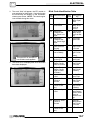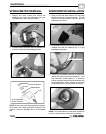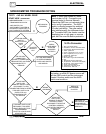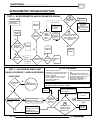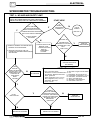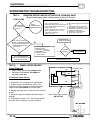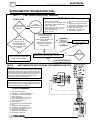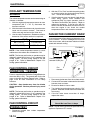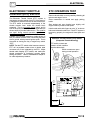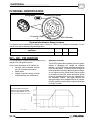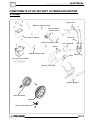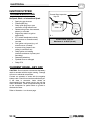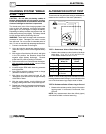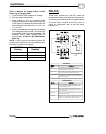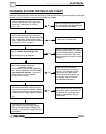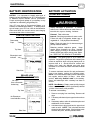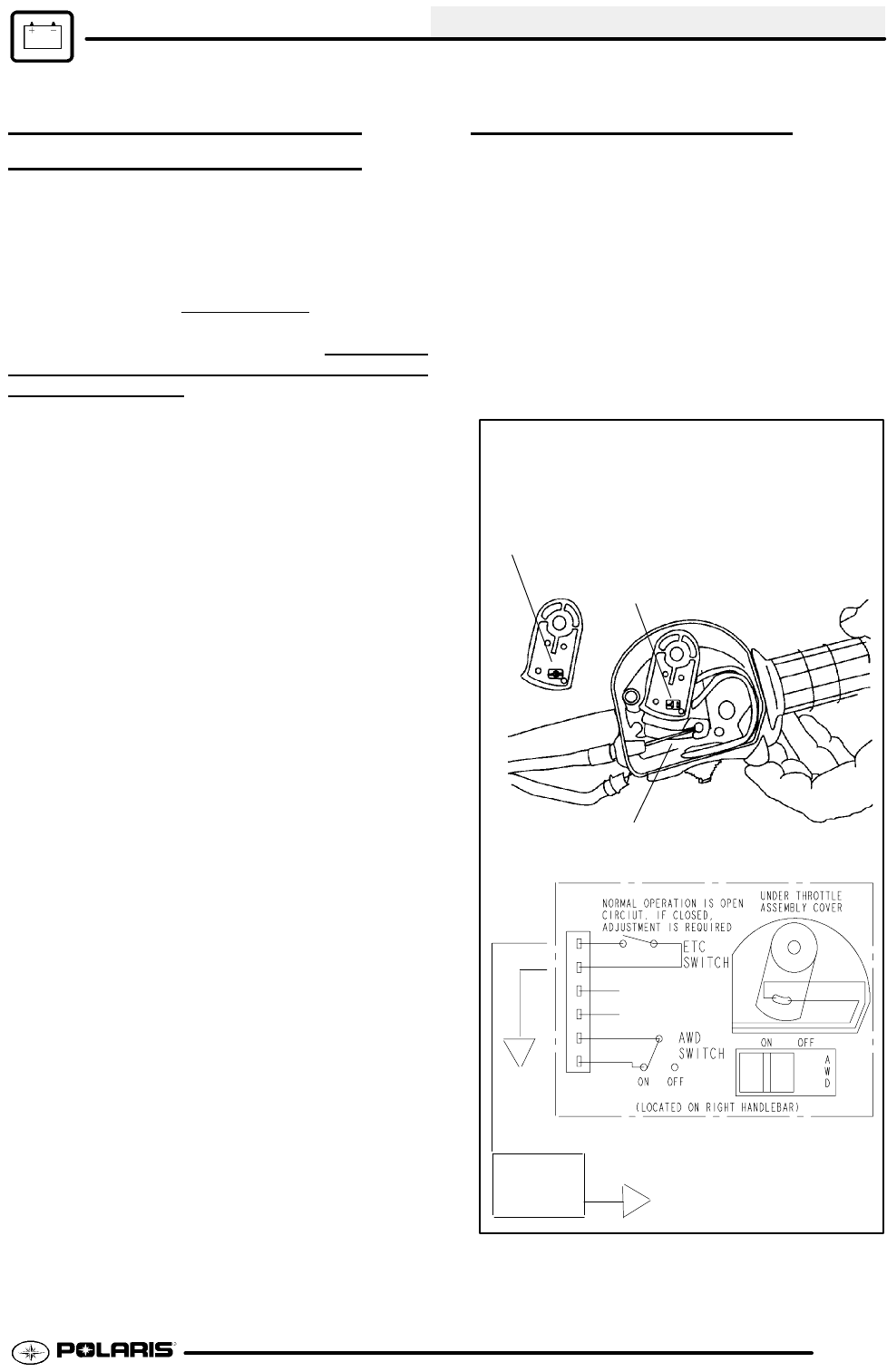
ELECTRICAL
10.15
ELECTRONIC THROTTLE
CONTROL (ETC)
SWITCH
The Electronic Throttle Control (ETC) system is
designed to stop the engine of an ATV in the event of
a mechanical problem with the throttle mechanism.
The ETC switch is mounted independently of the
throttle actuator lever inside the throttle block
assembly. Thisisanormally closed
switch, and is
held in the open position (contacts are separated (as
shown below) by throttle cable tension. The
contacts
are “open” during normal operation regardless
of
throttle lever position.
In the event of a mechanical
problem in the throttle mechanism (cable tension is
lost), the switch contacts close, connecting the black
wire to ground, which prevents ignition spark. This is
the same as turning the key or engine stop switch
“OFF”.
NOTE: Test the ETC switch at the harness connector.
ETC will not activate unless there is throttle plate
movement off of ’zero’ detected by the ECU. Adjust
throttle cable freeplay (ETC switch) and make sure
throttle mechanism is functioning properly before
testing the switch. Refer to Maintenance Chapter 2
for cable adjustment procedure.
ETC OPERATION TEST
Remove throttle block cover by carefully releasing all
tabs around edge of cover.
Place transmission in neutral and apply parking
brake.
Start engine and open throttle lever slightly until
engine RPM is just above idle speed.
Hold throttle cable with fingers at point “A” as shown
below and release throttle lever. If the ETC system is
functioning properly, the engine will lose spark and
stop.
Switch contacts are open
during normal operation
A
ETC switch contacts are
closed in a fault condition
(throttle cable slack).
Electronic Throttle Control (ETC) Switch
(Composite Throttle Housing)
Brn
Blk
Brn
CDI UNIT



